 Welcome
Welcome
“May all be happy, may all be healed, may all be at peace and may no one ever suffer."
Epidermoid cysts

Epidermoid cysts, also known as sebaceous cysts, are noncancerous, closed sacs or lumps that develop beneath the skin. They are typically filled with keratin, a protein that is a major component of hair, nails, and skin.
Epidermoid cysts are usually small and slow-growing, and can occur anywhere on the body. They may be painless or cause mild discomfort, and are usually not a serious health concern. However, if the cyst becomes infected or inflamed, it can become painful and may need to be treated.
Treatment options for epidermoid cysts may include monitoring the cyst for changes, draining the cyst if it is causing discomfort or becomes infected, or surgical removal if it is large, causing symptoms, or cosmetically bothersome. Surgery involves cutting the cyst out entirely, and is usually performed under local anesthesia. If the cyst is infected, antibiotics may be prescribed to clear up the infection before the cyst is removed.
Epidermoid cysts are generally not a serious health concern, but it is important to have any new or changing lumps or bumps evaluated by a healthcare provider to determine the cause and appropriate management.
Research Papers
Disease Signs and Symptoms
- Skin bumps
- Redness or changes in skin color
- Swollen skin
- A thick, yellow, smelly material that sometimes drains from the cyst
- Fragile skin that blisters easily, especially on the hands and feet
Disease Causes
Epidermoid cysts
The surface of your skin (epidermis) is made up of a thin, protective layer of cells that your body continuously sheds. Most epidermoid cysts form when these cells move deeper into your skin and multiply rather than slough off. Sometimes the cysts form due to irritation or injury of the skin or the most superficial portion of a hair follicle.
The epidermal cells form the walls of the cyst and then secrete the protein keratin into the interior. The keratin is the thick, yellow substance that sometimes drains from the cyst. This abnormal growth of cells may be due to a damaged hair follicle or oil gland in your skin.
Many people refer to epidermoid cysts as sebaceous cysts, but they're different. True sebaceous cysts are less common. They arise from the glands that secrete oily matter that lubricates hair and skin (sebaceous glands).
Disease Prevents
Disease Treatments
You can usually leave a cyst alone if it doesn't cause discomfort or cosmetic problems. If you seek treatment, talk with your doctor about these options:
- Injection. This treatment involves injecting the cyst with a medicine that reduces swelling and inflammation.
- Incision and drainage. With this method, your doctor makes a small cut in the cyst and gently squeezes out the contents. This is a fairly quick and easy method, but cysts often recur after this treatment.
- Minor surgery. Your doctor can remove the entire cyst. You may need to return to the doctor's office to have stitches removed. Minor surgery is safe and effective and usually prevents cysts from recurring. If your cyst is inflamed, your doctor may delay the surgery.
Disease Diagnoses
Disease Allopathic Generics
Disease Ayurvedic Generics
Disease Homeopathic Generics
Disease yoga
Epidermoid cysts and Learn More about Diseases
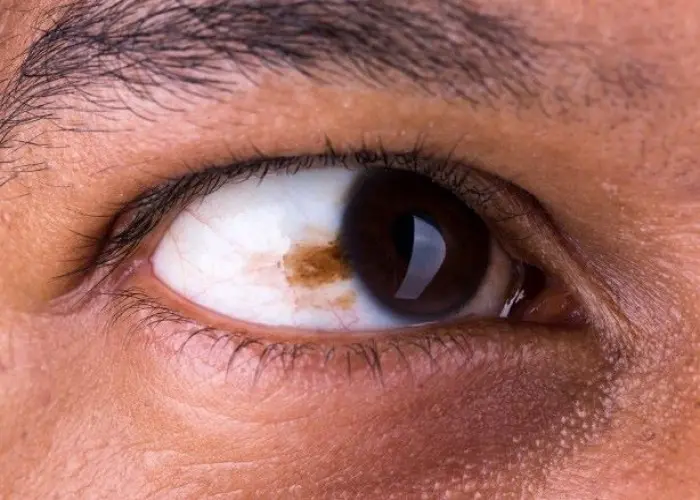
Eye melanoma
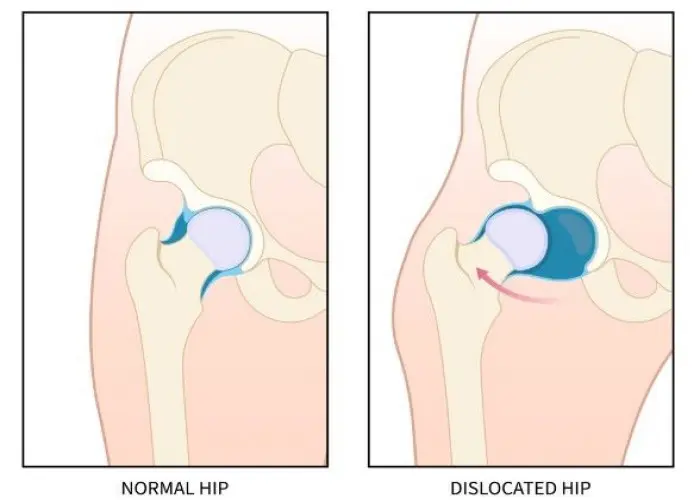
Hip impingement
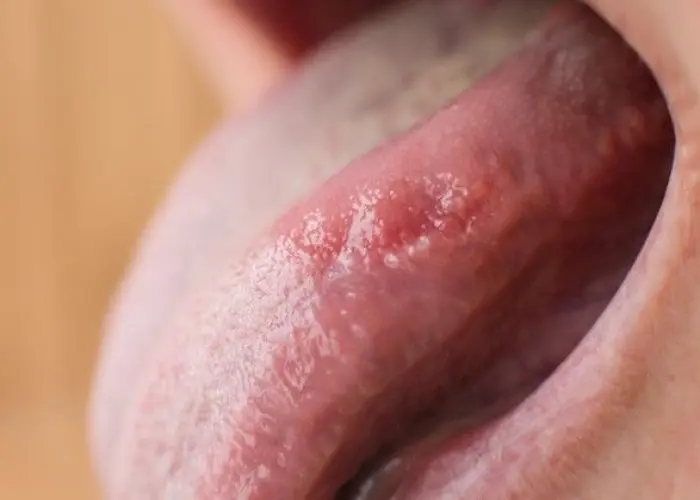
Glossitis (Inflammation of tongue)
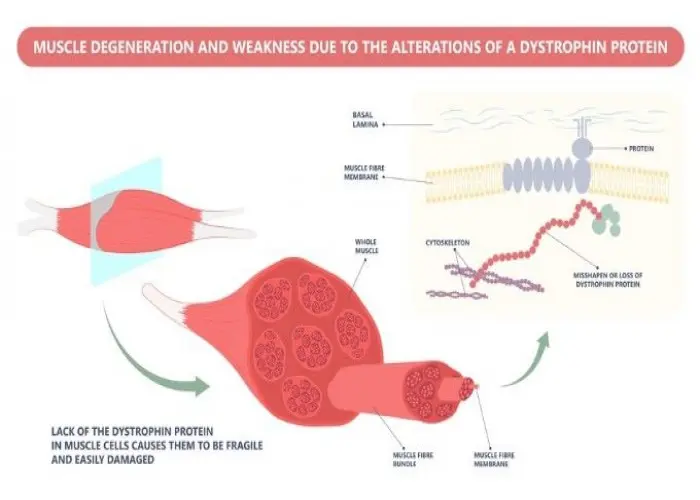
Congenital myopathies
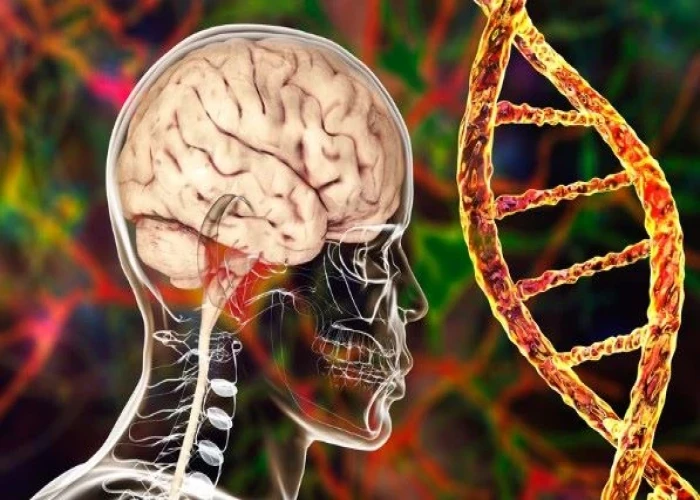
Metachromatic leukodystrophy

Kyphosis
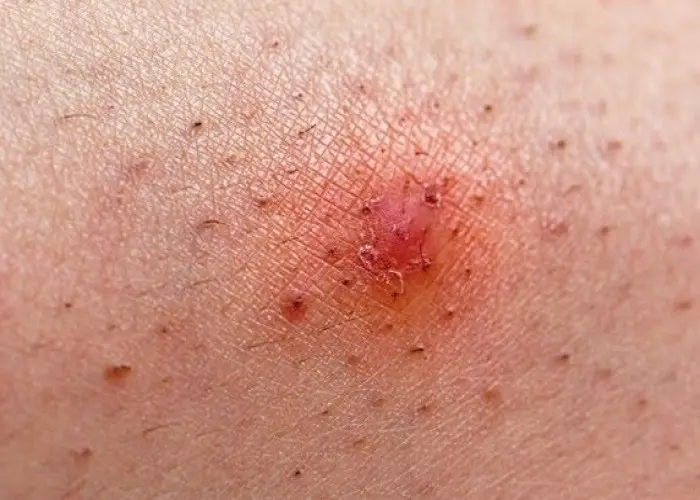
Ingrown hair

Yeast infection (vaginal)
epidermoid cysts, এপিডারময়েড সিস্ট
To be happy, beautiful, healthy, wealthy, hale and long-lived stay with DM3S.
